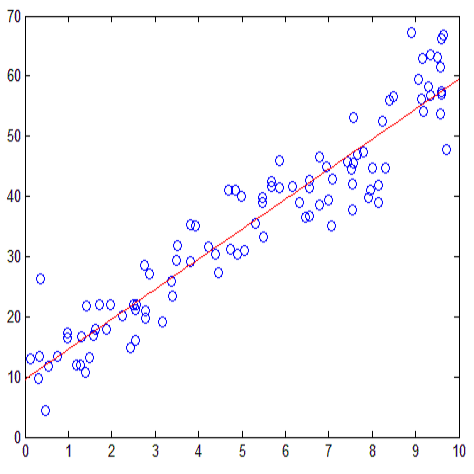Physical simulations based on partial differential equations typically generate spatial fields results, which are utilized to calculate specific properties of a system for engineering design and optimization. Due to the intensive computational burden of the simulations, a surrogate model mapping the low-dimensional inputs to the spatial fields are commonly built based on a relatively small dataset. To resolve the challenge of predicting the whole spatial field, the popular linear model of coregionalization (LMC) can disentangle complicated correlations within the high-dimensional spatial field outputs and deliver accurate predictions. However, LMC fails if the spatial field cannot be well approximated by a linear combination of base functions with latent processes. In this paper, we present the Extended Linear Model of Coregionalization (E-LMC) by introducing an invertible neural network to linearize the highly complex and nonlinear spatial fields so that the LMC can easily generalize to nonlinear problems while preserving the traceability and scalability. Several real-world applications demonstrate that E-LMC can exploit spatial correlations effectively, showing a maximum improvement of about 40% over the original LMC and outperforming the other state-of-the-art spatial field models.
翻译:基于部分差异方程式的物理模拟通常会产生空间字段结果,这些结果被用来计算工程设计和优化系统的具体特性。由于模拟的计算负担很重,对空间领域低维投入进行绘图的替代模型通常以相对小的数据集为基础。为了解决预测整个空间领域的挑战,广受欢迎的共同区域化线性模型(LMC)可以分解高维空间字段输出中复杂的关联,并作出准确的预测。然而,如果空间领域不能被基本功能与潜在过程的线性结合十分接近,LMC则失败。在本文件中,我们介绍了扩展的共区域化线性线性模型(E-LMC),采用不可逆的线性线性网络将高度复杂和非线性空间领域线性线性网络线性化,以便LMC能够很容易地将非线性问题归纳为非线性问题,同时保持可追溯性和可缩放性。一些现实世界应用表明,E-LMC能够有效地利用空间相关关系,显示超过原始LMC40%的最高改进幅度,并超越其他状态空间模型。




